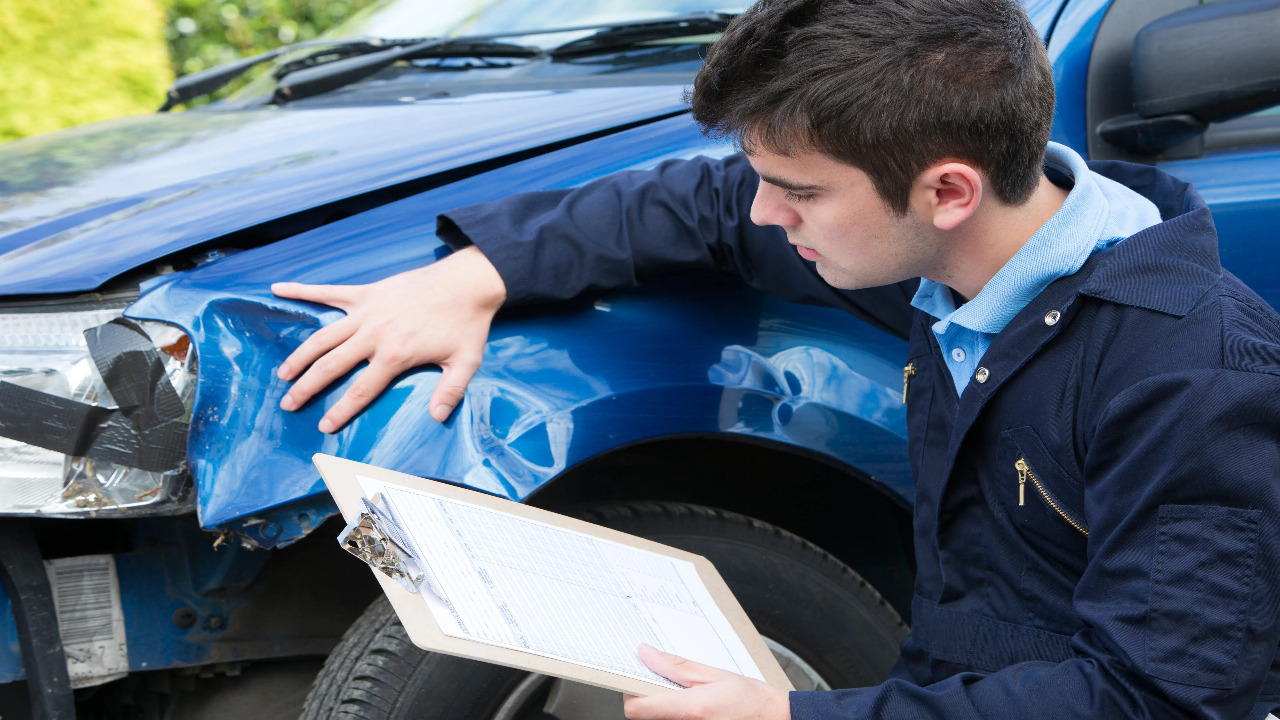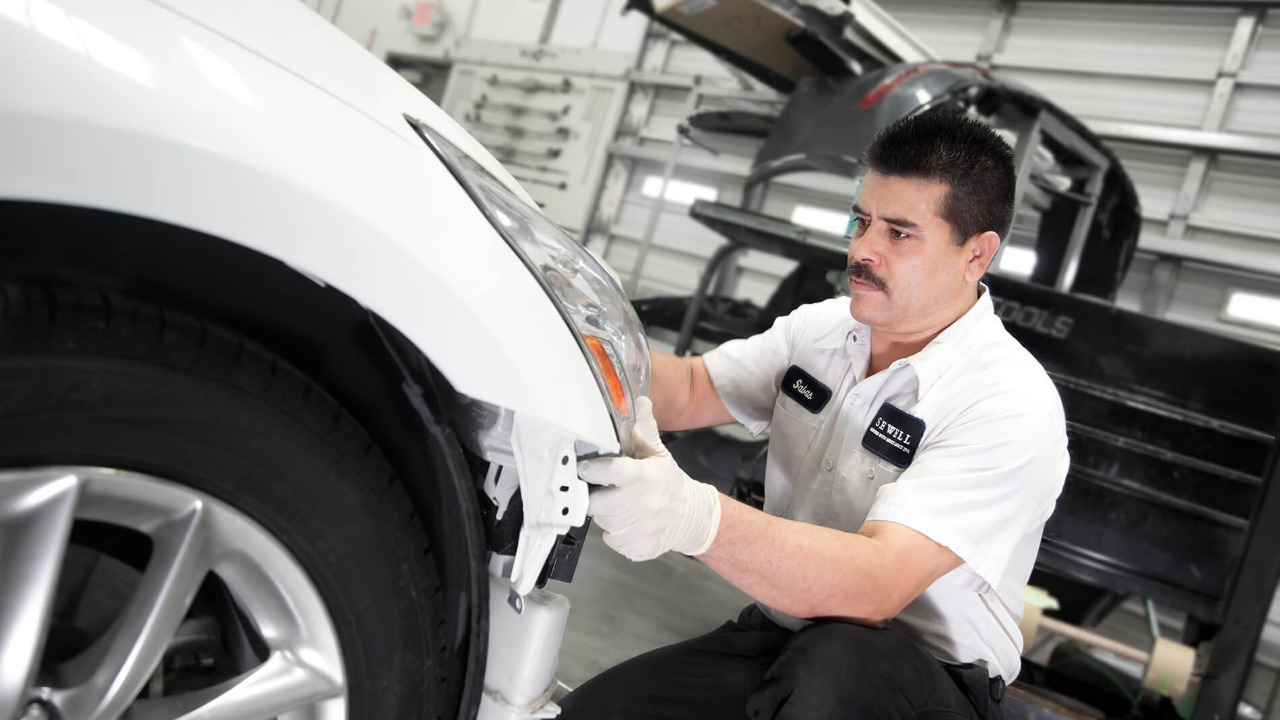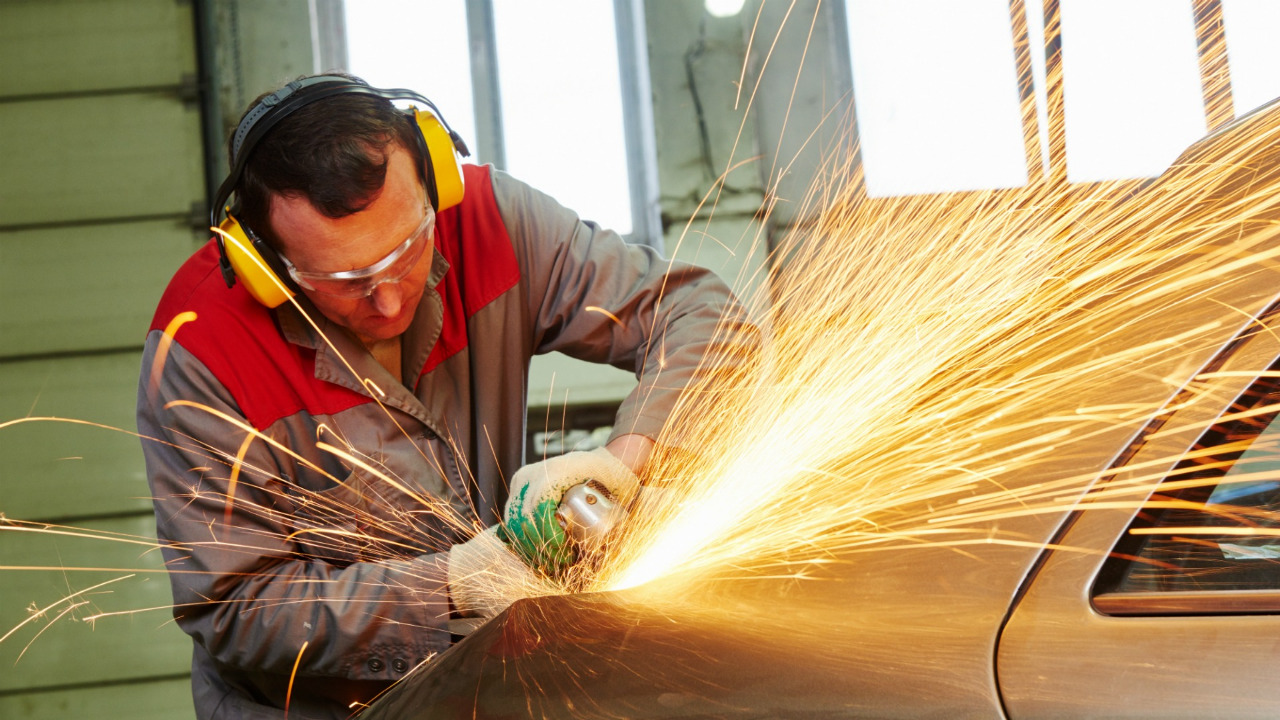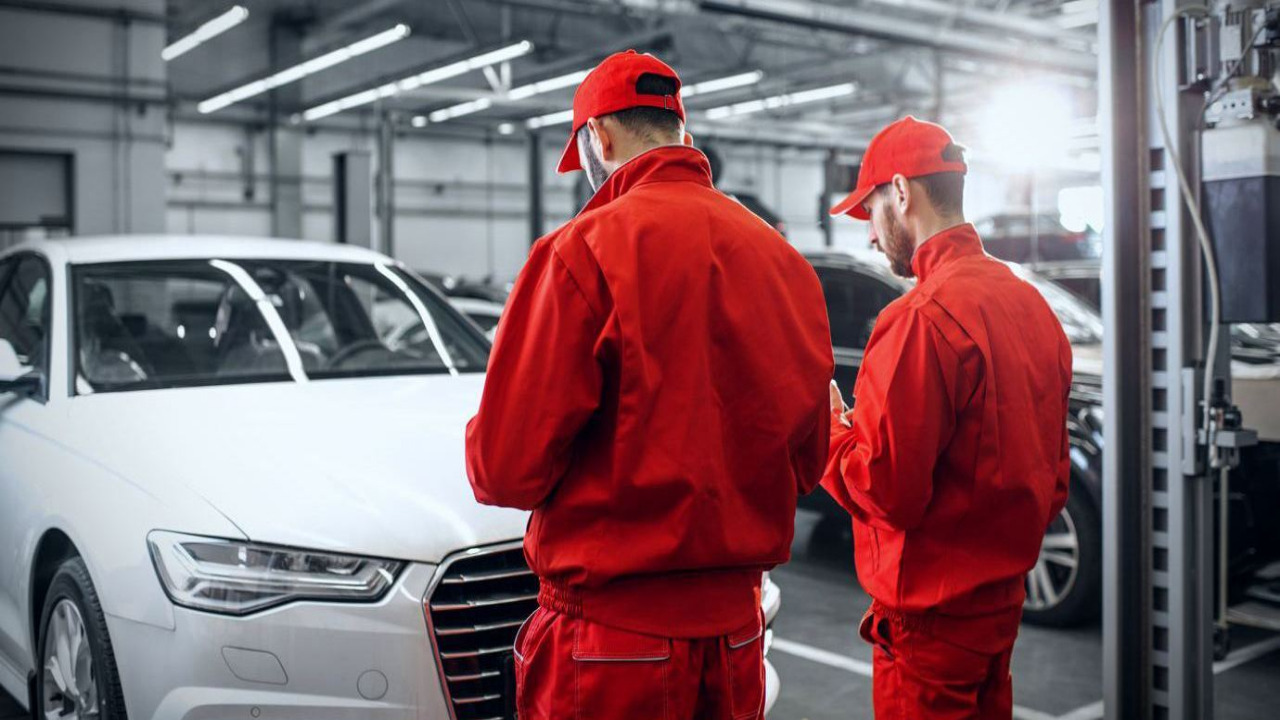Auto collision repair refers to the process of restoring a damaged vehicle to its pre-accident condition. When a vehicle is involved in a collision, it can sustain various types of damage, including dents, scratches, frame misalignment, and mechanical issues. Auto collision repair professionals utilize their skills, expertise, and specialized tools to repair and restore the vehicle, ensuring it is safe and roadworthy once again.
The Goal of Auto Collision Repair

The primary goal of auto collision repair is to return the vehicle to its original condition, both in terms of appearance and functionality. This involves addressing visible damage on the exterior, such as repairing or replacing body panels, bumpers, headlights, and windows. Additionally, internal repairs may be necessary, including mechanical repairs to the engine, suspension, or other components affected by the collision. If you have had a collision, auto collision specialists in Miami are always ready to help.
The Process of Auto Collision Repair

The process of auto collision repair begins with a thorough assessment of the damage. Experienced technicians assess the vehicle, evaluating the damage to determine its scope and provide an estimate for the necessary repair work. This assessment considers both the visible damage and any potential hidden damage that may have occurred. Sophisticated diagnostic tools are often used to detect internal damage that may not be immediately apparent.
Once the assessment is complete, the repair process begins. This typically involves several stages, including:
Disassembly
The damaged parts are removed to gain access to the underlying structures that require repair. This step allows for a more comprehensive evaluation of the extent of the damage.
Repair

Skilled technicians repair or replace damaged components using a variety of techniques. This may involve straightening bent metal, welding, or using specialized tools to reshape body panels. The goal is to restore the vehicle’s structural integrity and ensure proper alignment.
Painting

After the repairs are made, the vehicle is prepared for painting. This involves sanding, priming, and applying multiple layers of paint to match the original color and texture. Skilled painters use precise techniques to achieve a seamless finish.
Reassembly
Once the paint has dried, the repaired and painted parts are reinstalled on the vehicle. This includes reattaching body panels, lights, and other exterior components. Mechanical repairs are also completed at this stage.
Quality Control

After the repairs are completed, the vehicle undergoes a comprehensive inspection to verify the proper execution of all repairs. This includes checking the alignment, paint finish, and functionality of various components. Test drives may be conducted to ensure proper performance.
Auto collision repair requires specialized knowledge and expertise. Skilled technicians often undergo training and certification programs to stay updated with the latest repair techniques and technologies. They must be proficient in using various tools, such as welders, frame straightening equipment, and paint mixing systems.
It is important to note that auto collision repair not only focuses on aesthetics but also on safety. Repairing a vehicle properly ensures that it can protect occupants in the event of another accident. Technicians follow manufacturer guidelines and specifications to ensure that the repaired vehicle meets safety standards.
Conclusion
In conclusion, auto collision repair is the process of restoring a damaged vehicle to its pre-accident condition. Skilled technicians assess the damage, make necessary repairs, and restore the vehicle’s appearance and functionality. Through their expertise and specialized tools, these professionals play a crucial role in getting vehicles back on the road safely and efficiently.
